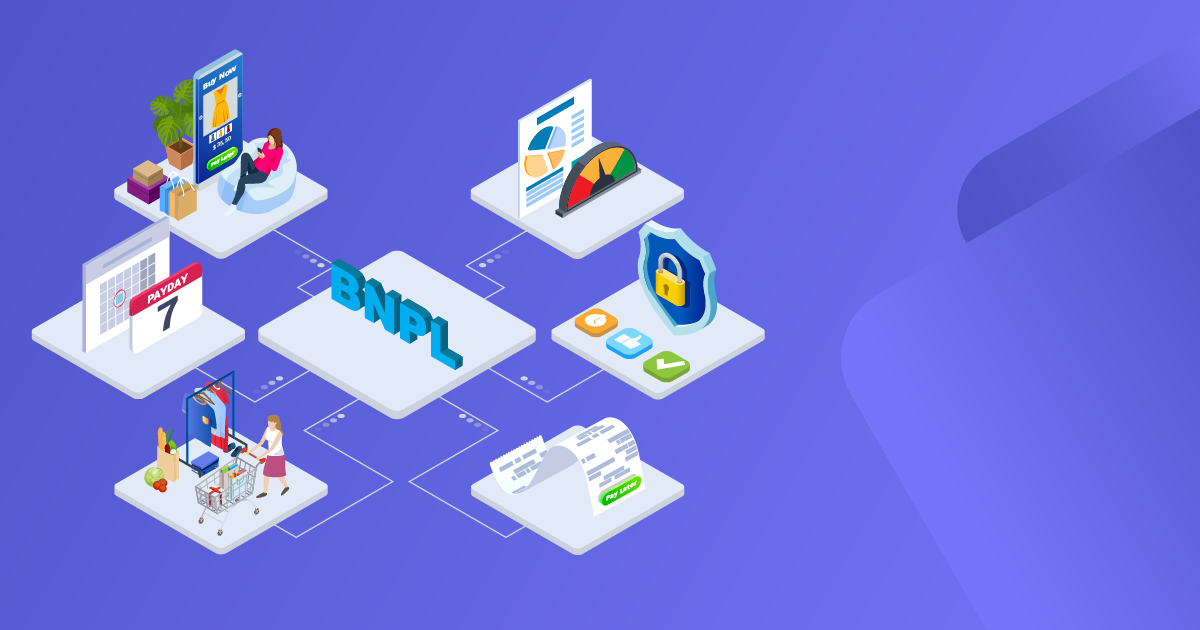

Individuals are always seeking the luxury of choice and ease of execution in their daily lifestyle and interests. They are willing to pay for better experiences and prefer carrying out their transactions through their personal devices such as smartphones, tablets, computers, and even smartwatches, rather than exerting time and effort to complete their desired transactions physically as an example.
Accordingly, institutions in all domains need to take into consideration customers’ perspectives and mindshare; a cultural change in business mindsets that is now prevailing to adapt to a world that is being reshaped frequently by new generations and the technology era. With this change, the focus is now to deliver delightful experiences to customers, and this focus has become the key differentiator and factor in maintaining a competitive edge and expanding business growth.
The case for the financial services domain is no different. Significant changes to how banks and financial institutions operate are being forced as customers seek frictionless, secure, high-speed, and real-time payments – remotely and on a 24/7 basis. And so, transforming retail banking experiences has become essential.
“The main foundation for transforming
retail banking experiences is innovation.”
Banks and financial institutions are some of the major investors in innovating and evolving legacy and new systems to simplify banking services, enhance digital exposure across several aspects, and ultimately, cater to the changing customer needs.
These evolvements are aimed to improve customers’ centricity and experiences, gain their loyalty, and enhance their satisfaction through frictionless transactions that are not hindered by manual interferences or processes. While these transformations are expensive to implement, they are inevitably profitable in the long run as they widen the customer base, as well as massively reduce risk and fraud eligibility.
Inevitably, technology and data are the main fuellers of transforming retail banking services, and collaboration between banks, fintechs, Information Technology (IT) vendors, network providers and telecommunication companies is what is currently enabling financial institutions to introduce new technologies across versatile areas of their business to successfully automate and sustain the retail industry’s transactions.
“IT vendors are changing the way financial institutions
operate and deliver value to customers.”
The role of IT vendors in this equation has been critical. In the past few years, they clarified the need for mobile and web touchpoints for frictionless banking experiences. They also introduced cloud computing for accessible data collection and increased the capacity and security of information storage and processing, allowing financial institutions of any size to seamlessly upgrade legacy systems.
In addition, they also introduced smart automations via artificial intelligence technologies presented by robotics and chatbots. The outcomes of all these introductions by IT vendors demonstrated tremendous improvement in customer services and opened new pathways for cross-selling financial/banking products.
So, how can your IT vendor help your institution transform its retail banking experiences?
Proficient IT vendors usually work closely with the financial institution to highlight the strategic objectives of any system upgrade or implementation. In the retail domain, these objectives would typically include evolving with the new digital demands, providing diversity in online products and service channels, and maintaining agility for growth through time-efficient, cost-effective, and seamless improvements. To achieve this, the following points present examples of the basic requirements required for successful retail transformation:
- Transfer money to multiple beneficiaries
- View and pay bills
- Overview of all account types
- Ability to request e-statements for each account
- Manage and request personal loans
- Manage and request debit/credit cards
- Scan and deposit checks
- Request additional services through chatbots/messaging centers
To conclude, whether your institution is at the development, launching or execution phase, continuous enhancement is required to successfully compete in the retail market and keep up with rapidly evolving trends. So, if your institution is currently missing any of the basic requirements indicated above, it may be the time to revisit your retail transformation plan.






